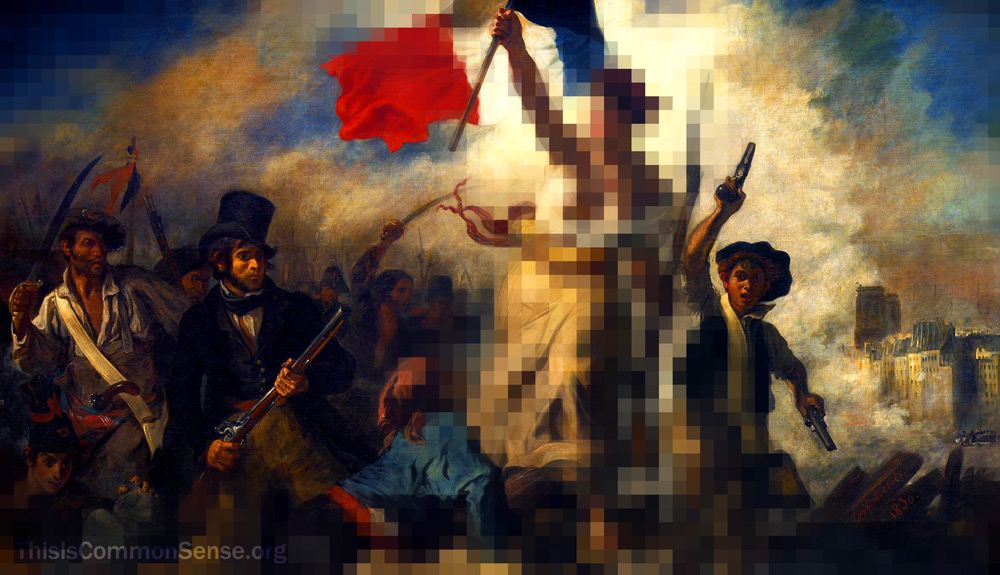Liberty was a straightforward concept.
Once.
Then The New York Times got ahold of it back in April with a featured editorial: “The America We Need.”
“Our society was especially vulnerable to this pandemic,” the paper alleges, “because so many Americans lack the essential liberty to protect their own lives and the lives of their families.”
The fight against the Wuhan virus has been deficient due to a deficit of … “essential liberty”?
This isn’t the Merriam-Webster definition of “liberty,” i.e. the “quality or state of being free” or “freedom from physical restraint.” Dump that retro “narrow and negative definition,” advises the editorial; it represents an “impoverished view of freedom” that “has perpetuated the nation’s defining racial inequalities and kept the poor trapped in poverty.”
Freedom of speech, religion, the press, etc., are all negative. Trade them in for a “broad and muscular conception of liberty: that government should provide all Americans with the freedom that comes from a stable and prosperous life.”
Prosperity for all! For free! Come on down!
Noting the “extraordinary nature of the crisis,” the editorial calls for “permanent changes in the social contract” to take the nation “beyond the threadbare nature of the American safety net.”
Free stuff from the government, housing, healthcare — all very positive ideas of liberty.
But what about these positives’ negatives?
“A government big enough to give you everything you want,” former President Gerald Ford once explained to Congress, “is a government big enough to take from you everything you have.”
The cost of “positive freedom” is our freedom from dependence, from interference, from coercive control,
Positively negative, if you ask me.
This is Common Sense. I’m Paul Jacob.
Illustration adapted from Liberty Leading the People (La liberté guidant le people) by Eugène Delacroix (1830)
—
See all recent commentary
(simplified and organized)
